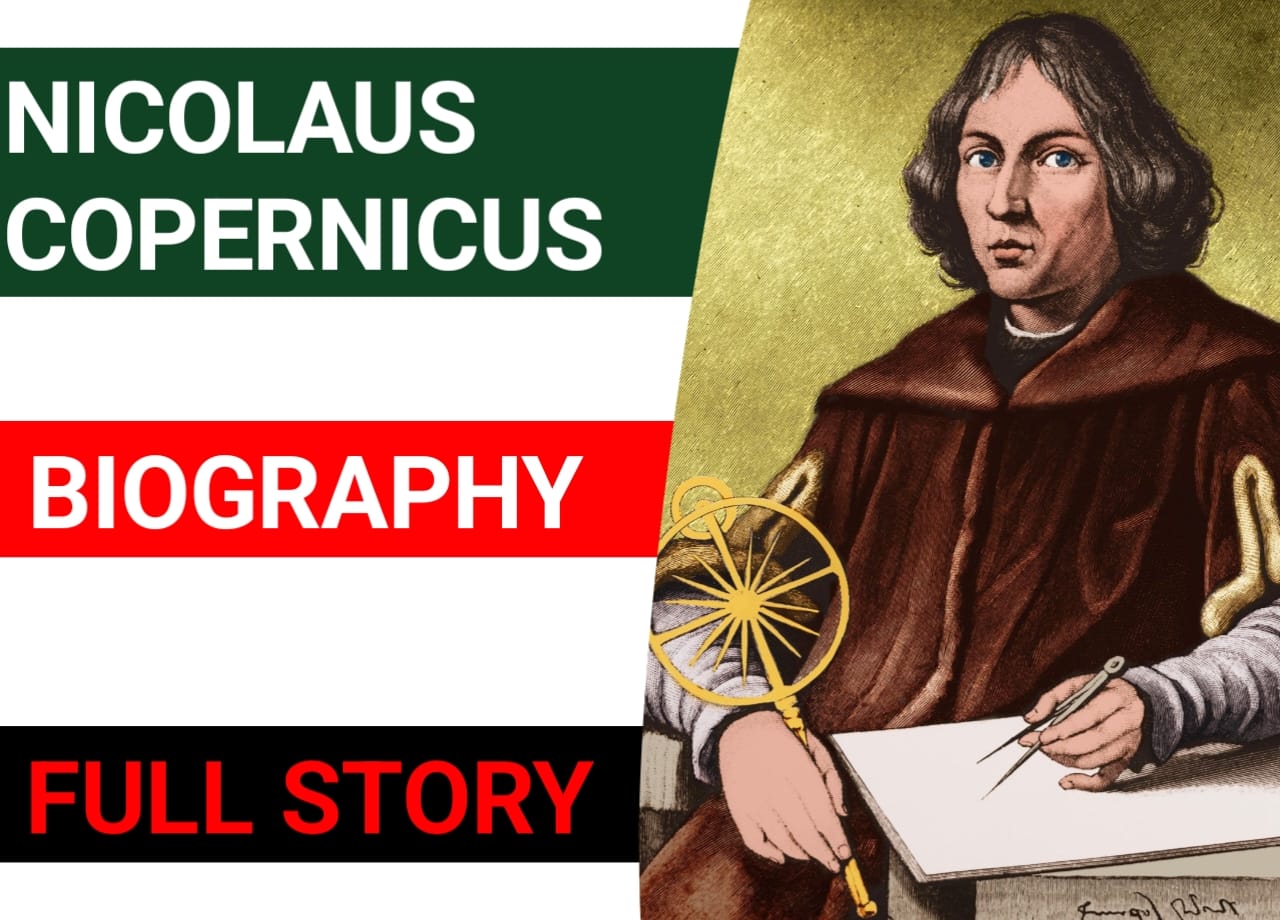Nicolaus Copernicus, a Renaissance-era astronomer, mathematician, and clergyman, is best known for proposing the heliocentric model of the solar system. His revolutionary idea challenged the prevailing geocentric view, forever changing our understanding of the cosmos. In this article, we explore the life, achievements, and enduring legacy of Nicolaus Copernicus.
1. Early Life and Education
Nicolaus Copernicus was born on February 19, 1473, in Toruń, a city in the Kingdom of Poland (now in Poland). He received a comprehensive education in mathematics, astronomy, and philosophy, setting the stage for his future groundbreaking discoveries.
2. The Heliocentric Model: A Radical Theory
In contrast to the widely accepted geocentric model, which placed Earth at the center of the universe, Copernicus proposed a heliocentric model, suggesting that the Earth and other planets revolved around the Sun.
3. On the Revolutions of the Celestial Spheres
Copernicus’ seminal work, “De Revolutionibus Orbium Coelestium” (“On the Revolutions of the Celestial Spheres”), published in 1543, presented his heliocentric model along with a detailed mathematical explanation of planetary motions.
4. Copernicus’ Contributions to Astronomy
Copernicus’ heliocentric model provided a more accurate and elegant explanation of the observed planetary motions compared to the geocentric model. His work laid the groundwork for future advancements in astronomy.
5. The Copernican Revolution and its Impact
The Copernican Revolution marked a profound shift in scientific thinking, challenging the established Aristotelian and Ptolemaic cosmology. It paved the way for the Scientific Revolution and the advancement of modern astronomy.
6. Reception and Controversy
The heliocentric model initially faced skepticism and resistance from religious and academic authorities. However, over time, the model gained acceptance as the evidence supporting it became more compelling.
7. Legacy and Recognition
Copernicus’ work established him as one of the most influential astronomers in history. His contributions to astronomy and scientific methodology continue to be celebrated worldwide.
8. The Influence of Copernicus on Later Scientists
Copernicus’ ideas inspired subsequent generations of astronomers, including Johannes Kepler, Galileo Galilei, and Isaac Newton, who built upon his work and further advanced our understanding of the universe.
9. Misconceptions and Historical Context
Over time, some misconceptions and controversies have arisen surrounding Copernicus’ life and the impact of his work. Historians and scholars strive to provide accurate context for understanding his contributions.
10. The Continued Relevance of Copernicus’ Work
In modern astronomy, Copernicus’ heliocentric model remains a fundamental concept, forming the basis for our understanding of the solar system and the motion of celestial bodies.
11. Preserving the Legacy of Scientific Inquiry
Copernicus’ pursuit of truth through observation, mathematics, and systematic analysis serves as a timeless example of the scientific method and the importance of curiosity-driven research.
12. The Ongoing Exploration of the Cosmos
Inspired by Copernicus’ spirit of exploration, astronomers today continue to explore the cosmos, uncovering new discoveries about our universe and our place in it.
13. Future Prospects in Astronomy and Space Exploration
Advancements in technology and space exploration offer exciting prospects for the future. Astronomers and scientists eagerly anticipate new insights and revelations about the universe.
14. Conclusion
Nicolaus Copernicus’ groundbreaking ideas and the heliocentric model revolutionized our understanding of the cosmos. His work challenged established beliefs, paving the way for a new era of scientific exploration and discovery. As we celebrate his achievements, we are reminded of the enduring impact of visionary thinking and the unyielding pursuit of knowledge.
Frequently Asked Questions
Q1: Did Copernicus face opposition to his heliocentric model?
Yes, Copernicus faced initial opposition to his heliocentric model from religious and academic authorities who held to the geocentric view. However, as evidence supporting his model grew, it gained acceptance.
Q2: How did Copernicus’ heliocentric model improve upon the geocentric model?
Copernicus’ heliocentric model provided a more accurate explanation of planetary motions and simplified the overall structure of the solar system. It eliminated the need for complex epicycles used in the geocentric model.
Q3: Was Copernicus the first to propose a heliocentric model?
Although Copernicus is credited with popularizing the heliocentric model, earlier astronomers like Aristarchus of Samos had proposed similar ideas. However, Copernicus’ work was the most comprehensive and influential in challenging geocentrism.
Q4: How did Copernicus’ work influence the Scientific Revolution?
Copernicus’ heliocentric model marked a significant turning point in scientific thinking, challenging prevailing views and fostering the development of the scientific method. It paved the way for the Scientific Revolution and subsequent advancements in astronomy and physics.
Q5: Why is Copernicus considered a key figure in the history of astronomy?
Copernicus’ heliocentric model transformed the understanding of the cosmos, sparking a paradigm shift in astronomy and scientific thought. His work laid the foundation for modern astronomy and influenced generations of astronomers and scientists.
| WHATSAPP GROUP | CLICK HERE |
| TELEGRAM LINK | CLICK HERE |



